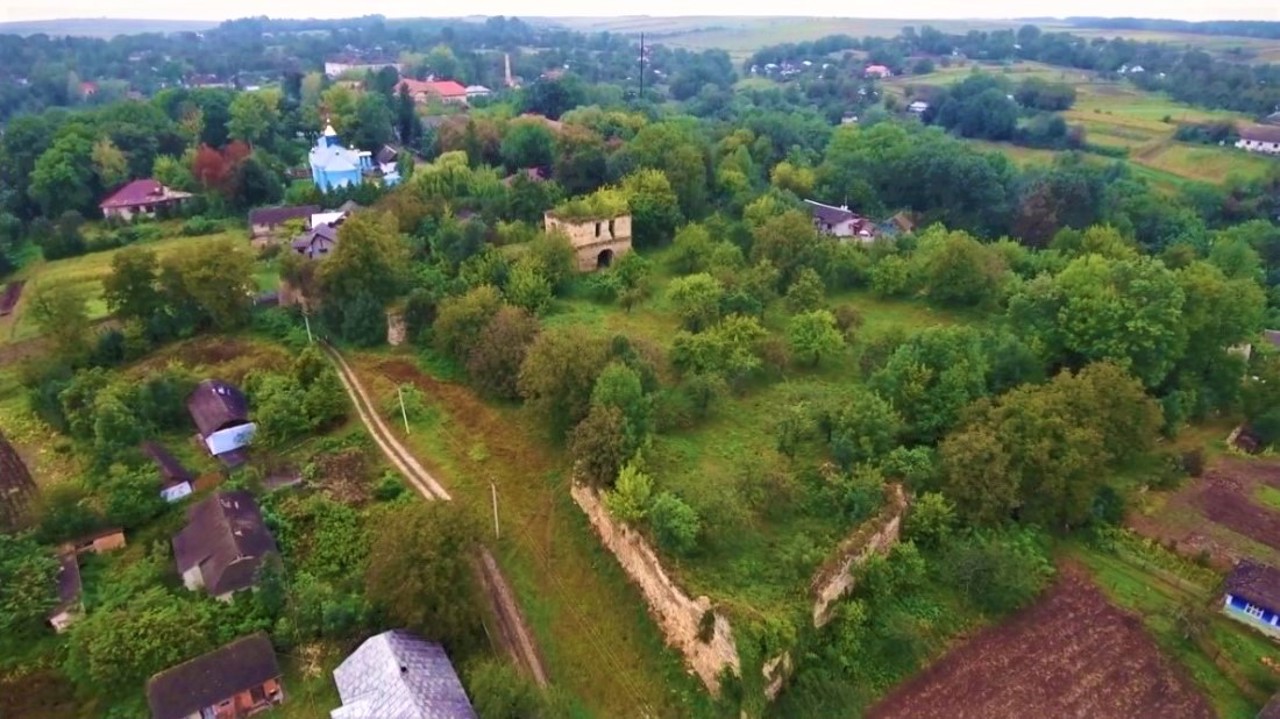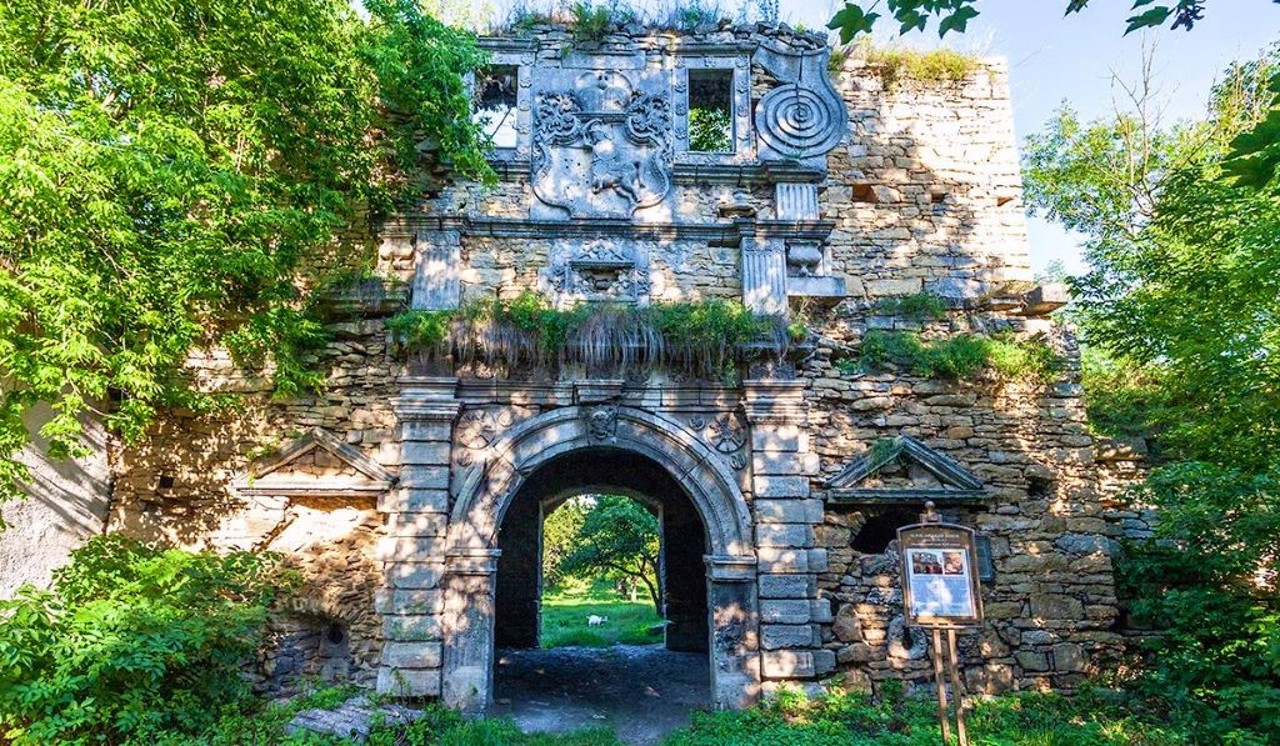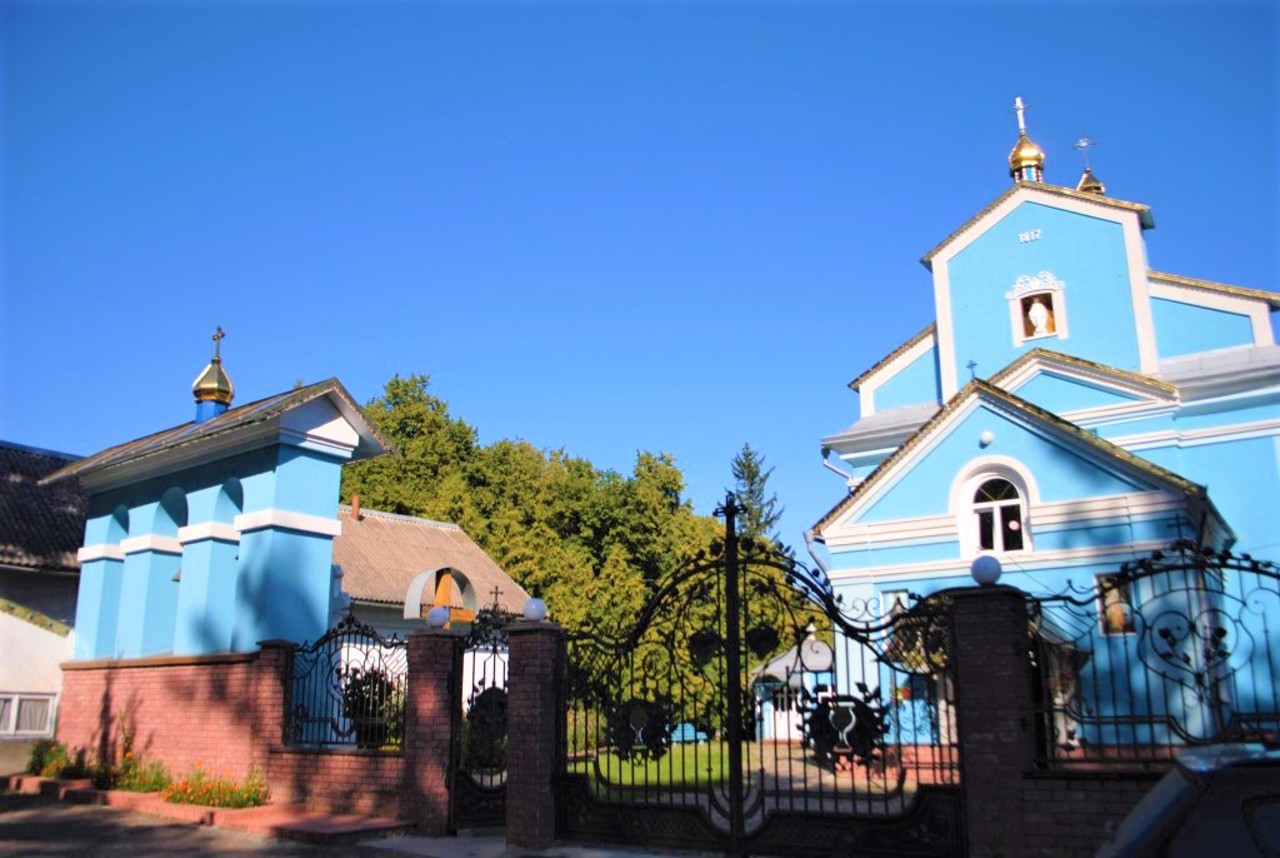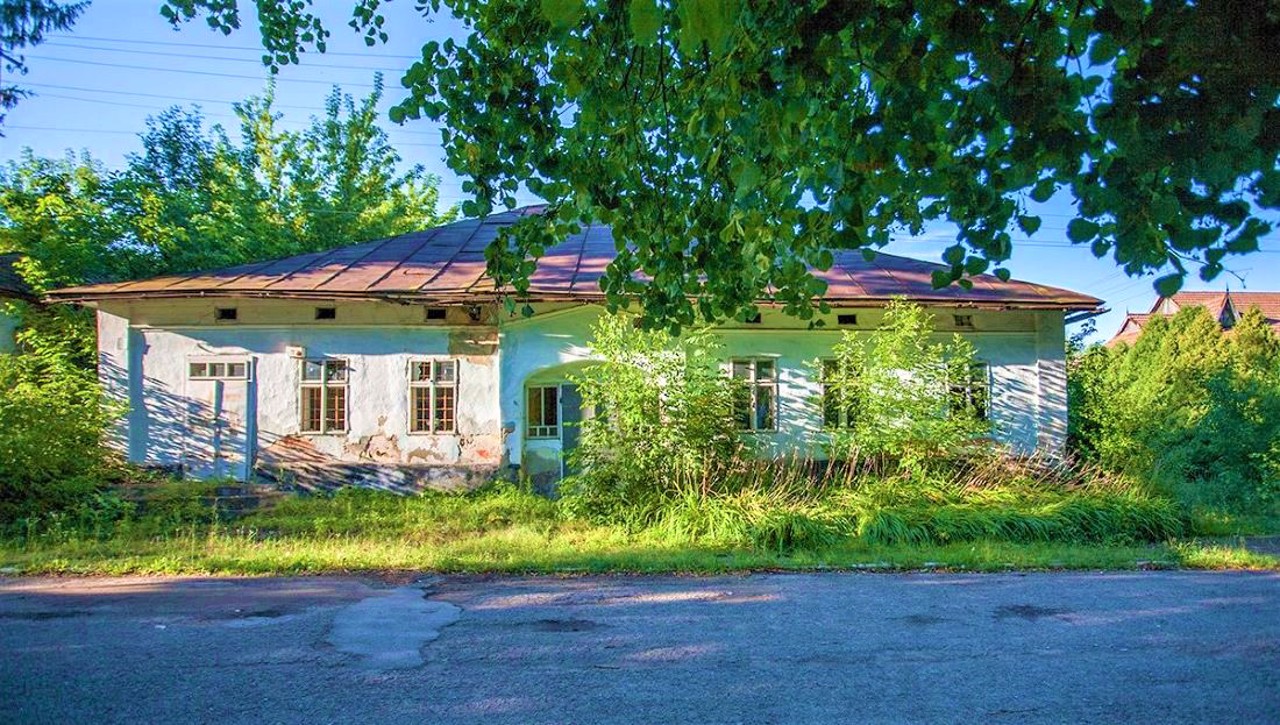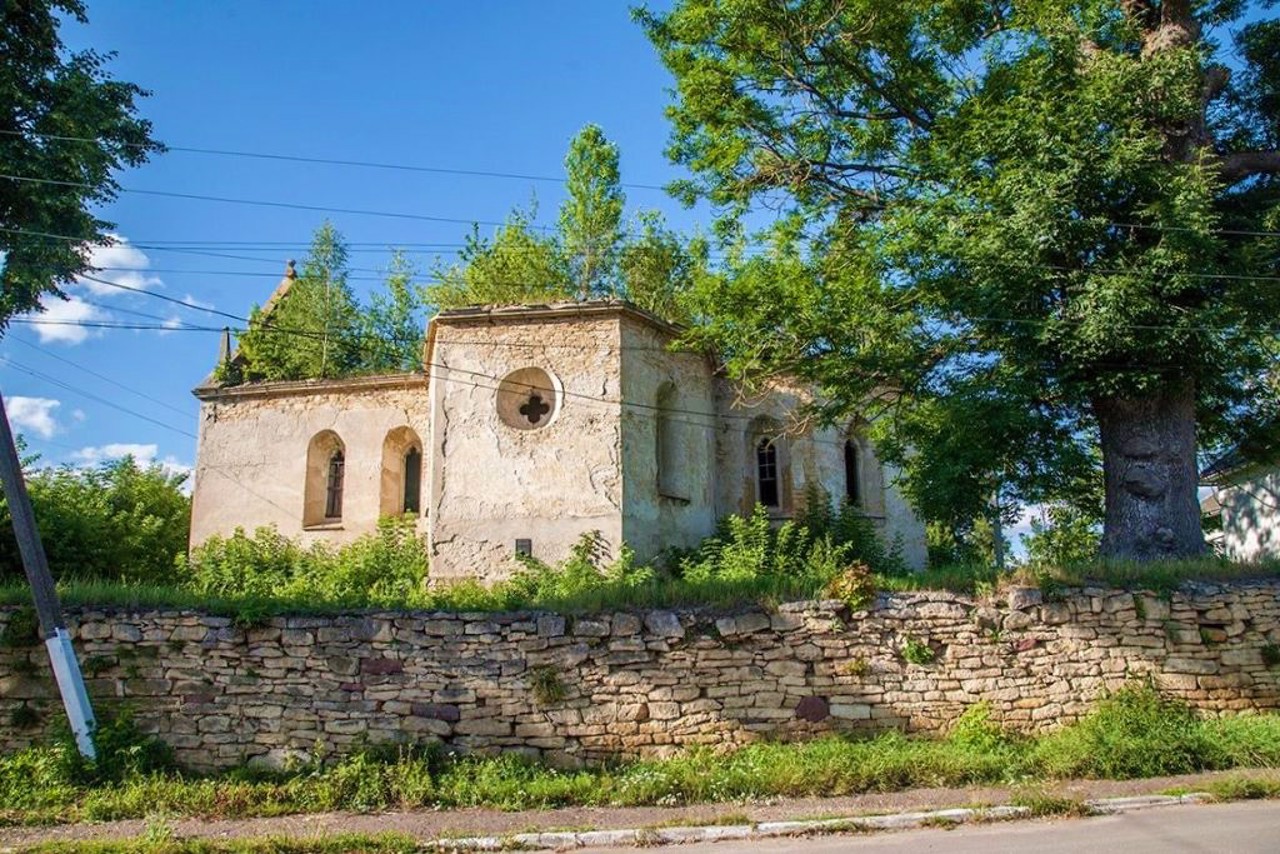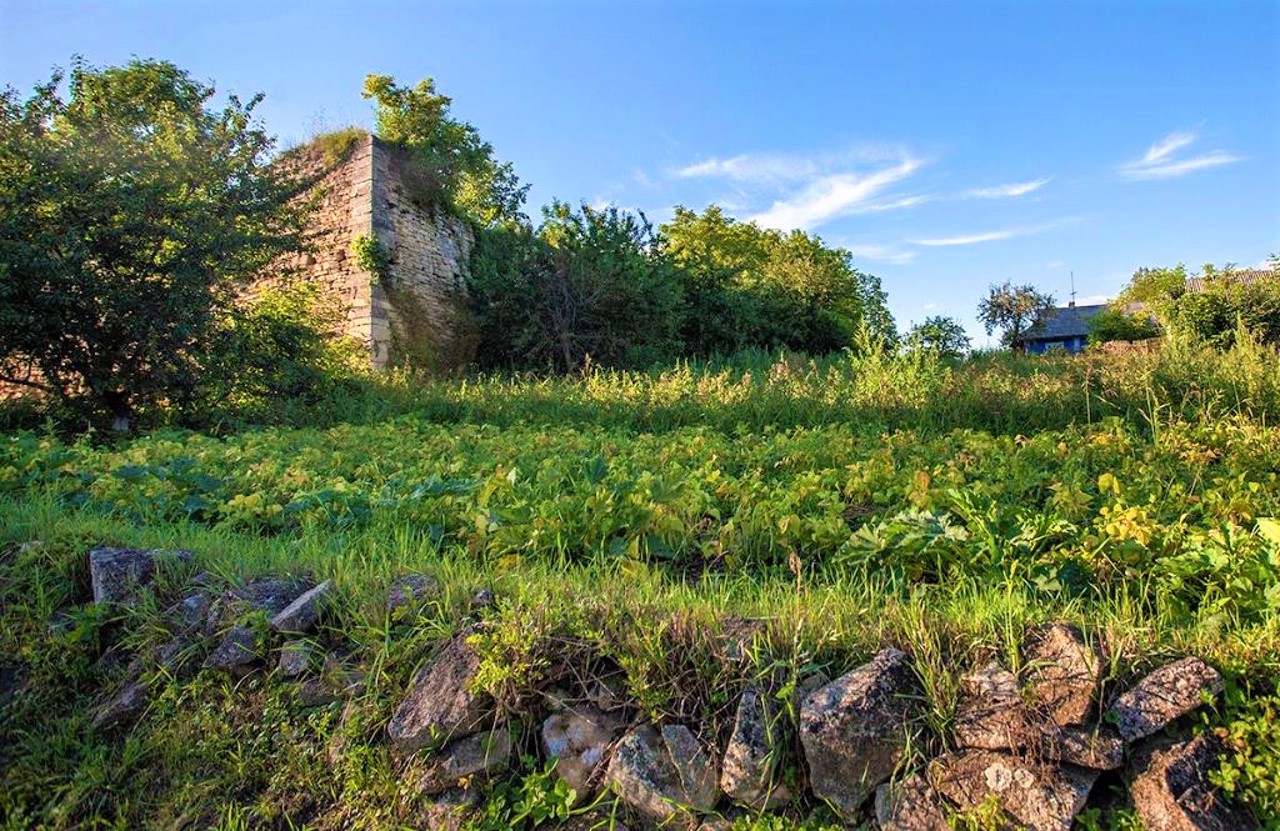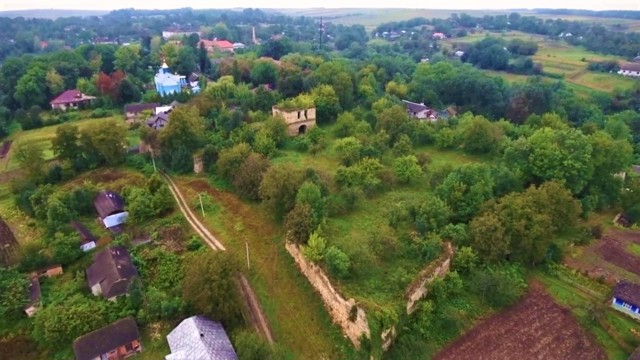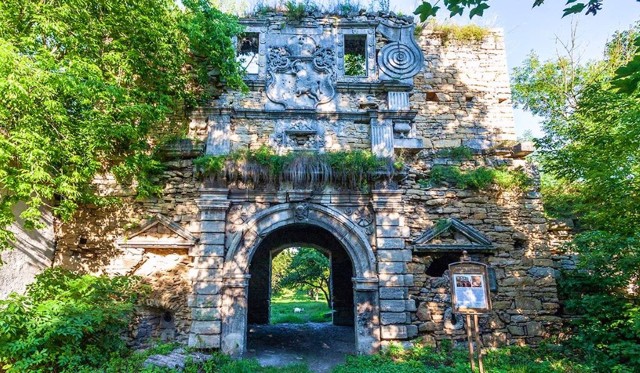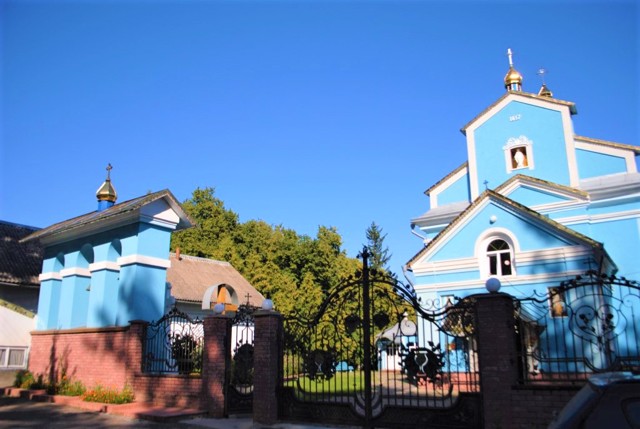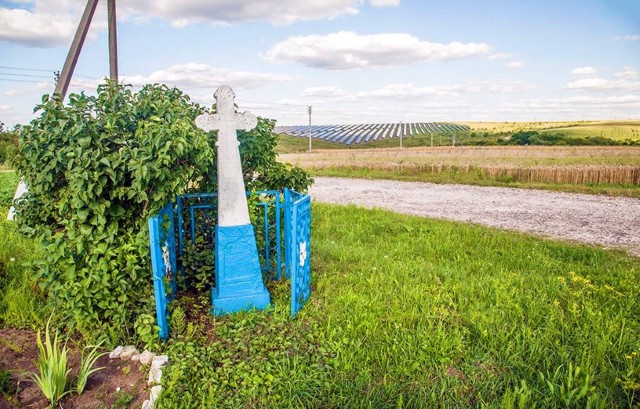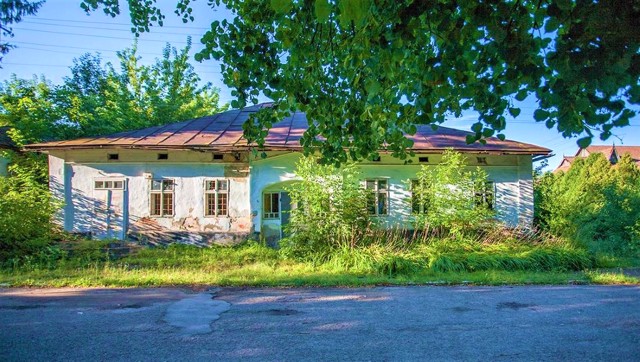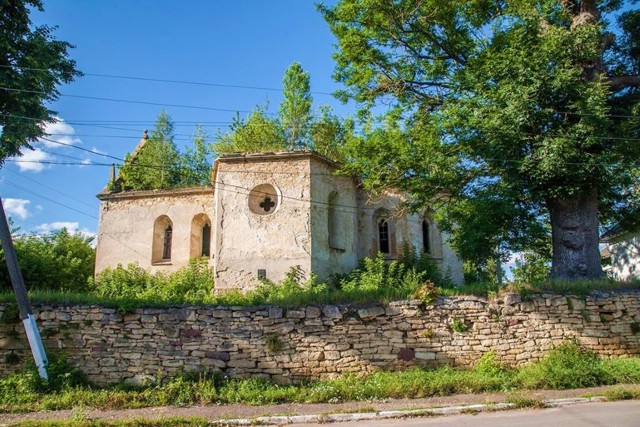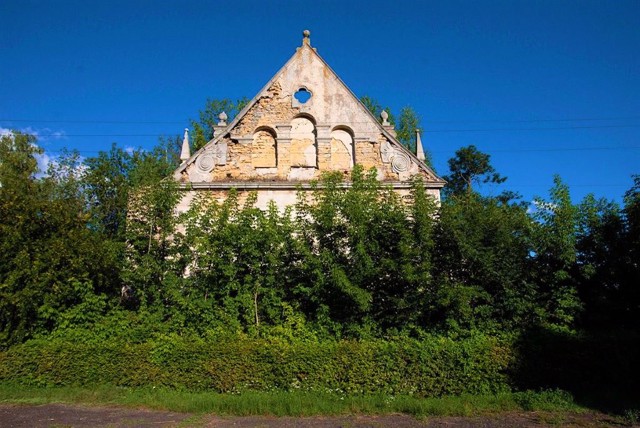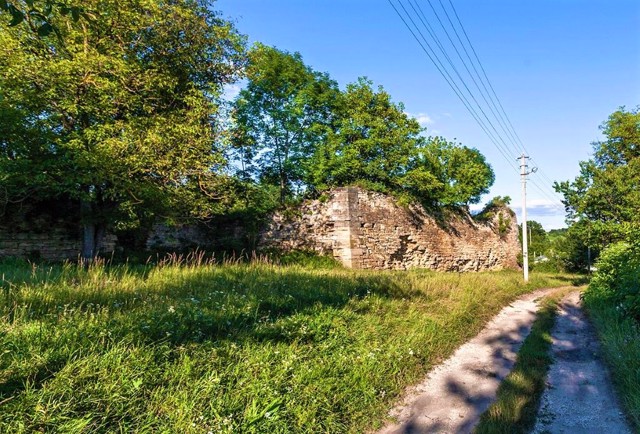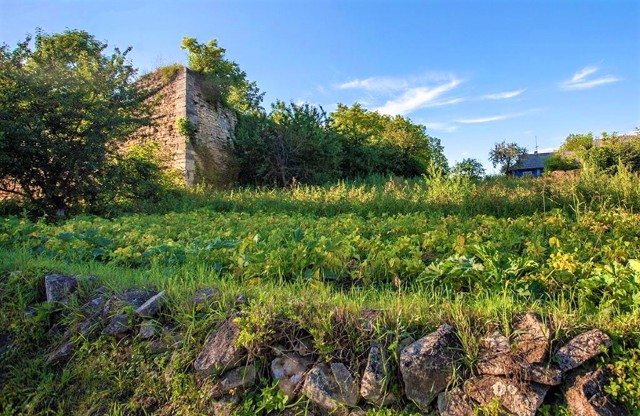Functional temporarily unavailable
Chernelytsia
Travel guide online Chernelytsia
General information about Chernelytsia
The Pokuttya town Chernelytsia is located next to the Dniester, 20 kilometers north of Horodenka.
Known since 1420-1440 as Cherlenytsia. The name probably came from a small river with a red bottom that flows through the village. However, there is a legend that the name Chernelytsia was given to the village by Prince Mykhaylo Chortoriyskyi in honor of his wife, who was distinguished by her dark skin and black hair (other legends tell about the suicide of a princess who either cheated on her husband in his absence or did not fulfill his important order).
The Chortoriyskyi got possession of Chernelytsia in the 17th century after the nobles of the Yazlovetskiy. It was then that the construction of the Chern ...
The Pokuttya town Chernelytsia is located next to the Dniester, 20 kilometers north of Horodenka.
Known since 1420-1440 as Cherlenytsia. The name probably came from a small river with a red bottom that flows through the village. However, there is a legend that the name Chernelytsia was given to the village by Prince Mykhaylo Chortoriyskyi in honor of his wife, who was distinguished by her dark skin and black hair (other legends tell about the suicide of a princess who either cheated on her husband in his absence or did not fulfill his important order).
The Chortoriyskyi got possession of Chernelytsia in the 17th century after the nobles of the Yazlovetskiy. It was then that the construction of the Chernelytsia Castle, which has survived to this day, began. During the Moldavian campaigns, the Polish king Yan III Sobieski stayed here. The church of the Dominicans (1661) has been preserved since those times. The village and castle later belonged to the Halytskyi, Potoski, and Stadnytskyi.
In 1817, the Church of the Holy Mother of God was built (rebuilt in stone in 1918-1928).
Покутське селище Чернелиця розкинулося поруч з Дністром в 20 кілометрах на північ від Городенки.
Відоме з 1420-1440 років як Черлениця. Назва, ймовірно, перейшло від маленької річечки з дном червоного (черленого) відтінку, яка протікає через село. Однак існує легенда, що назва Чорнолиця дав селу князь Михайло Чорторийський на честь своєї дружини, яка відрізнялася смуглявістю шкіри і чорнотою волосся (інші легенди розповідають про самогубство княгині, яка чи то зрадила чоловікові в його відсутність, то чи не виконала його важливий наказ).
Чорторийські отримали Чернелицю у володіння в XVII столітті після шляхтичів Язловецьких. Саме тоді почалося будівництво Чернелицького замку, що зберігся дотепер. Під ча ...
Покутське селище Чернелиця розкинулося поруч з Дністром в 20 кілометрах на північ від Городенки.
Відоме з 1420-1440 років як Черлениця. Назва, ймовірно, перейшло від маленької річечки з дном червоного (черленого) відтінку, яка протікає через село. Однак існує легенда, що назва Чорнолиця дав селу князь Михайло Чорторийський на честь своєї дружини, яка відрізнялася смуглявістю шкіри і чорнотою волосся (інші легенди розповідають про самогубство княгині, яка чи то зрадила чоловікові в його відсутність, то чи не виконала його важливий наказ).
Чорторийські отримали Чернелицю у володіння в XVII столітті після шляхтичів Язловецьких. Саме тоді почалося будівництво Чернелицького замку, що зберігся дотепер. Під час молдавських походів тут зупинявся польський король Ян III Собеський. З тих часів зберігся й костел домініканців (1661 рік). Село і замок надалі належали Галицьким, Потоцьким, Стадницьким.
В 1817 році побудована церква Пресвятої Богородиці (в 1918-1928 роках перебудована в камені).
Сплануй своє перебування у Chernelytsia
What to see and where to go in Chernelytsia
Tourist attractions and museums of Chernelytsia
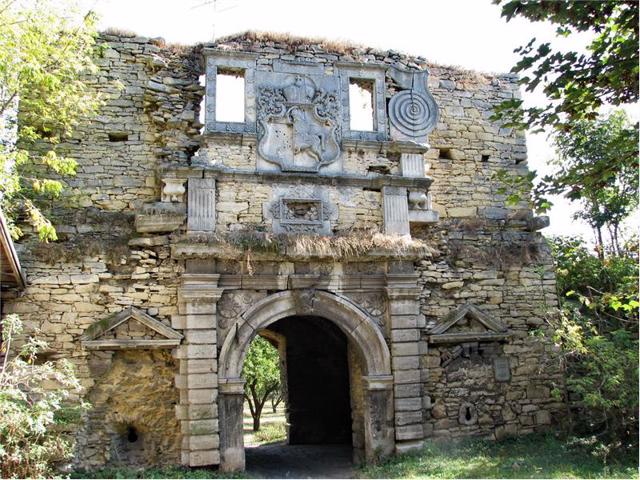
Chernelytsia Castle
Castle / fortress
In the 17th century, Chernelytsia Castle was one of the most powerful eastern outposts of the Commonwealth of Nations.
It was built in 1659 by the Bratslav voivode Mykhaylo Chartoryskyi, as evidenced by his coat of arms "Pohon" on the gate tower. On the other side, there is the coat of arms of "Pilava" of the prince's wife, Yefrosyniya Stanislavitska (a legend is associated with her about the swarthy mistress of the castle, who committed suicide after cheating on her husband).
The castle is square in plan, with high walls on earthen ramparts and four bastions at the corners. It played an important role during the Polish-Turkish wars, Polish troops stored weapons and supplies here. The Polish king Yan III Sobieski repeatedly stayed in the castle during his Moldavian campaigns.
As a magnate's residence, the castle lasted until 1817, when its last owner, Mykola Tsensky, died. In Soviet times, a hospital was located on the territory.
Now the castle is in a dilapidated state.
Reviews Chernelytsia
Geographical information about Chernelytsia
| {{itemKey}} | {{itemValue}} |
|---|---|
| Region |
Ivano-Frankivsk |
